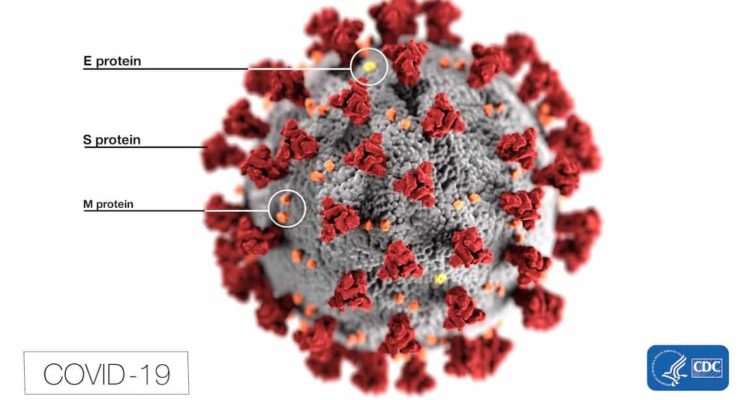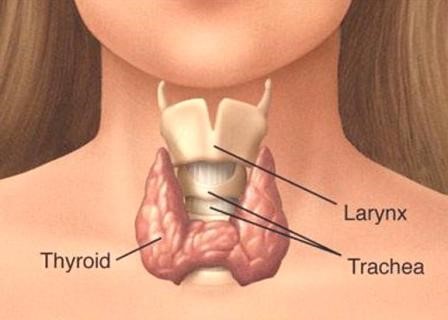
COVID-19 is a coronavirus that originated in Wuhan, China and has caused a pandemic which is currently spreading across the United States and the world.
Johns Hopkins COVID-19 pandemic dashboard website
With the limited information we have and my background which includes studying and researching microbiology since I was 16 and intensely at MIT and UF Medical School for 8 years, I have made some inferences on the pandemic and given my thoughts after doing my homework to best serve my soon to be Next Level members.
Why the hype and extraordinary measures being taken to contain (or slow) the outbreak?
First, if we do not at least slow it our health system could be overwhelmed given its limited resources and more people will suffer and die as a consequence than if better prepared. Second, it can be slowed if not contained as China, South Korea and Singapore have demonstrated if extraordinary measures are taken. Those countries each did it differently and the US is going more the way of the South Korean containment path than the more draconian Chinese path. Third, if we accomplish at least slowing the spread, aka “flattening the curve”, it will allow our government in coordination with our private corporations to get the health system up to the level of preparations needed to better handle the outbreak.
How infectious is COVID-19?
COVID-19 is more infectious than the flu or the SARS coronavirus, but it is less infectious than the common cold. It is estimated that for every person that is infected that person will infect 2 other people which is higher than the typical flu virus at about 1.3-1.5. This number however is widely variable and dependent on many factors like the density of contacts, the local environment, the climate and the precautions that are taken by both those infected and those not infected. We may be fortunate that we are going into spring with the warmer weather and plenty of sun as well as the fact that North Florida is spread out without any major mass transit system.
How does it spread from someone infected?
The virus cannot reproduce outside the body, but it can remain infectious on surfaces for a few to several hours depending on the surface. A good assumption is at least 6-12 hours likely not more than a day. Almost all major brand disinfectants will kill the virus. Transmission from the infected person is typically through coughing/sneezing or passed by unclean hands to a surface where the virus sits waiting to infect. Unfortunately, our hands are very sticky for viruses and hard surfaces like plastic, laminate and steel that the virus is sitting on is not as sticky. So, when we touch an infected surface the virus sticks to our hands. Now all it needs is for the hand to touch your face where our lips, mouth, nose or eyes lay in waiting. Kaboom. A few days later we get sick. Also, infected food, utensils or drinkware can also carry it to your mouth and cause an infection.
What about spreading through the air?
The virus particles from a sneeze or cough are sticky and clump a lot making them heavier than the very light particulates that also come out. The laws of gravity always apply! So, despite a hard sneeze spray that can go as far as 30 feet the viral particles typically fall only up to 7 feet. So, unless you are really up close to the breath of someone infected or get the direct spray from a sneeze or cough in your face breathing in the same room is highly unlikely to cause you to catch it.
What about a vaccine or medication?
In the short term this is unlikely. A vaccine will take at least 12-18 months to roll out to the public if everything goes right. It might be available next year if this becomes a recurrent seasonal outbreak like influenza. As for a medication, if one of the available medications works it will likely only be partially effective and given only to those that have severe symptoms. To come up with a new medication for COVID-19 for the public it will take about the same time as a vaccine again if everything goes right.
What are the common symptoms?
Fever, cough and shortness of breath. These can also occur with the flu and severe colds that are currently circulating and much more common. The biggest differentiator is shortness of breath that is not as typical or as severe as with the flu or common cold. Sore throats and nasal congestion are more common with colds and muscles aches and fatigue are more common and severe with the flu. However, bottom line they really cannot be differentiated just by the symptoms.
What should I expect if I get COVID-19?
If you are young and under 20 years you may have no or minimal symptoms. If you are 21 to 40 years you are most likely to have mild to moderate symptoms and have little risk of dying. If you are 41 to 64 you may get moderate symptoms and have a mortality rate of 0.1-0.5% if you are otherwise healthy. If you are 65 to 80 you are more likely to have moderate-severe to severe symptoms and a mortality rate of 2-3%. If you are over 80 you are the most likely to have severe symptoms and a mortality rate that is 5-8% if treated by U.S. health professionals.
Who is at most risk for severe symptoms and mortality?
First, it is older age. Second, it is underlying health problems. People with heart or lung problems do not have the reserve capacity to handle the stress of an infection that a healthy counterpart would. They are most at risk. There is also an increased risk seen in smokers, vapers and diabetics who do not have diagnosed heart or lung disease.
Who should be tested?
This is developing but for the most part it should start with older people or people with heart or lung problems that have moderate-to-severe symptoms of the fever, cough and shortness of breath. If you have no symptoms you do not need to be tested especially since the test is not reliable without symptoms even if infected the test could be negative. If you have mild symptoms or if you are young with moderate symptoms you should hold off on testing, but you should self-quarantine so as not to infect others. Testing recommendations are changing with test availability and better understanding.
What should I do?
Everyone, even if you are young and at very little risk for getting sick from the COVID-19 virus, you should take all precautions necessary to prevent getting or spreading a possible infection. Since a lot of people will not know they have the virus I recommend everyone just act like they have to avoid spreading to others and at the same time act like you don’t have it but everyone else does to avoid getting it from others. Basically, keep your hands clean, away from your face and keep good distance from others when possible and obey social distancing rules and avoid gatherings of more than a few people. If you feel sick stay home and stay away from others as much as possible.
CDC COVID-19 Information website
What is the best way to clean my hands?
I have preached for years nothing beats soap and water. It is the MOST effective, but it takes time and thoroughness. At least 20 seconds (recite the Happy Birthday song twice), clean water, soap, lather and rub front, back, between fingers and under nail areas. Hand sanitizers are not as good but a convenient alternative if soap and water are not available. They should contain at least 60-80% alcohol to be effective (No vodka won’t work) and rub well. FYI – “Antibacterial” is not any better just more expensive. For those interested the science, see this article.
Those are some quick thoughts and inferences on what we know to date about COVID-19. Personally, I am not hoarding toilet paper (or anything for that matter) and I am not panicked about the virus itself. We will make smart decisions which are overly cautious and get through this. My biggest concern is the mental health aspects on the other end of it. Stay positive!



